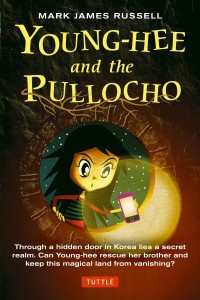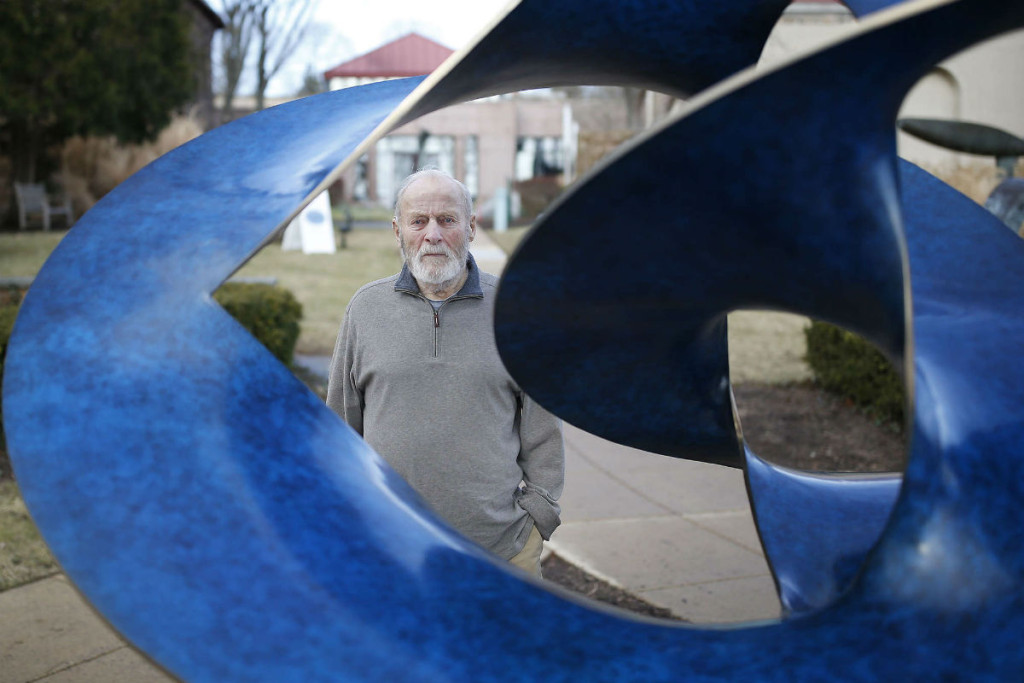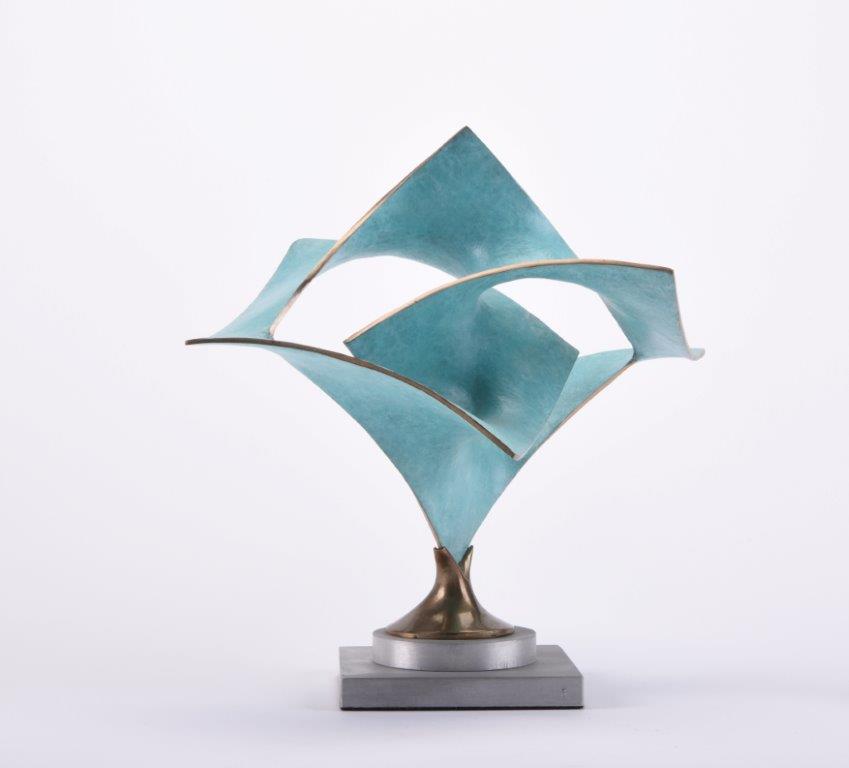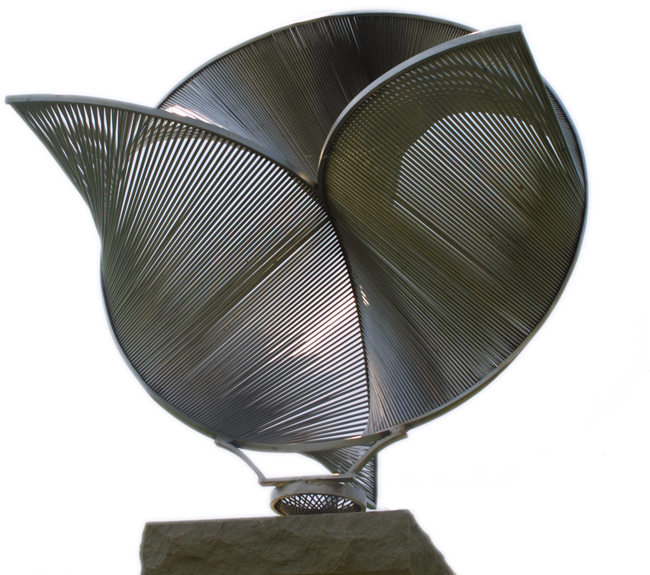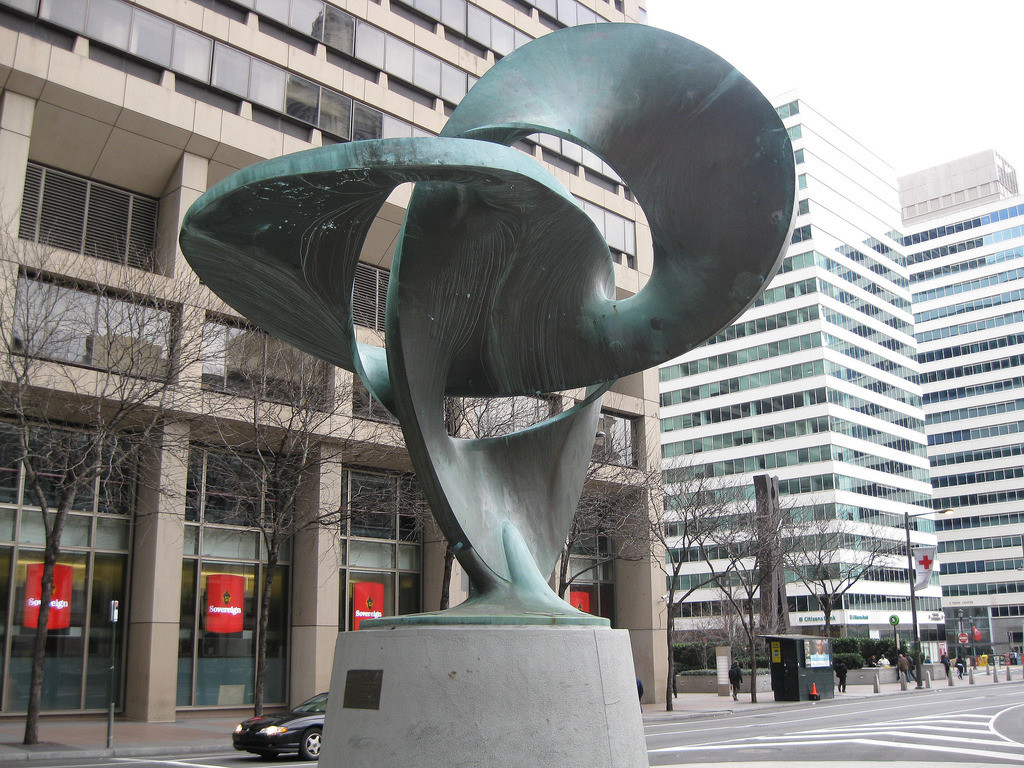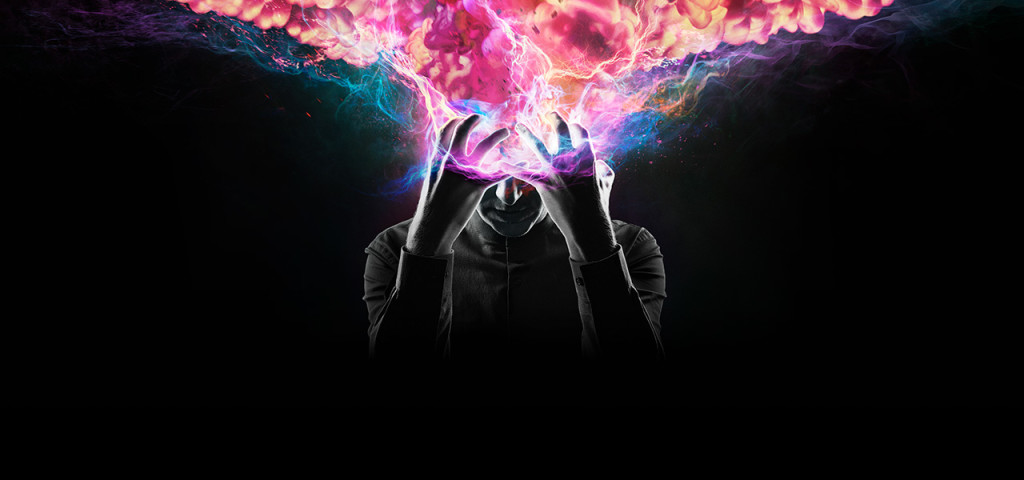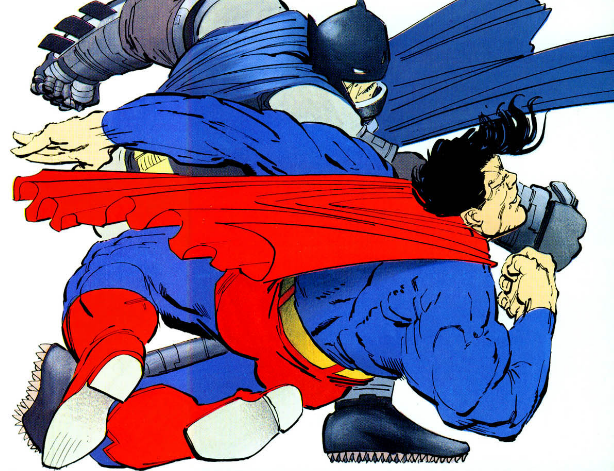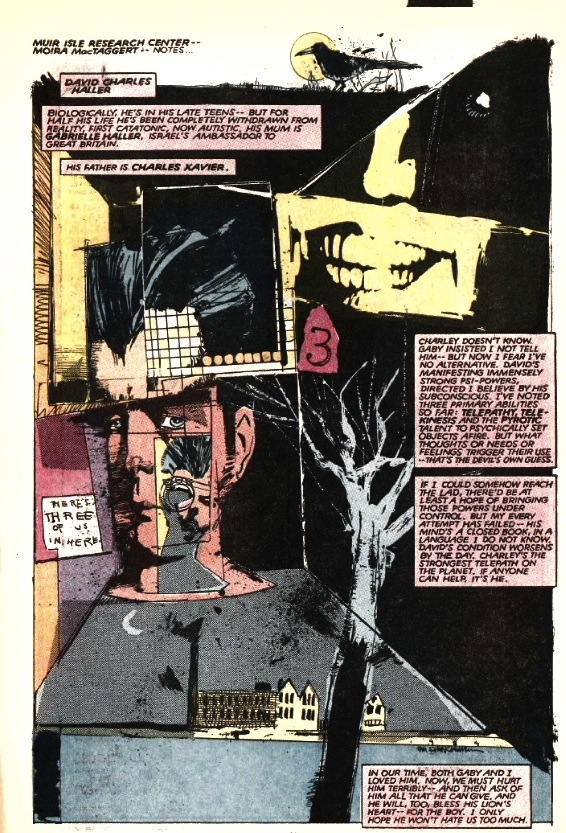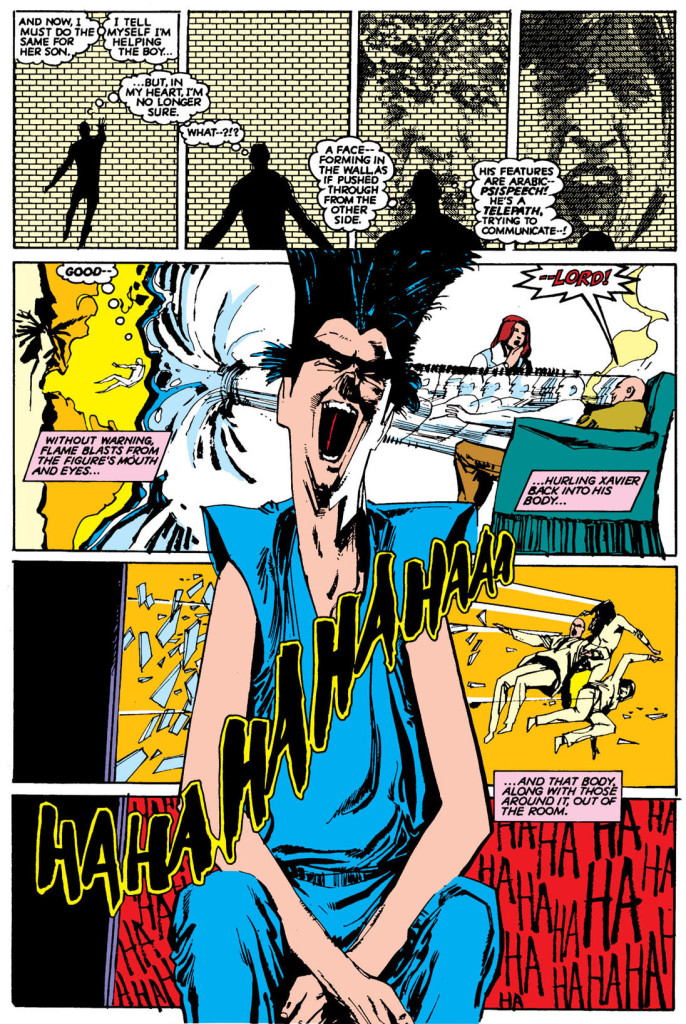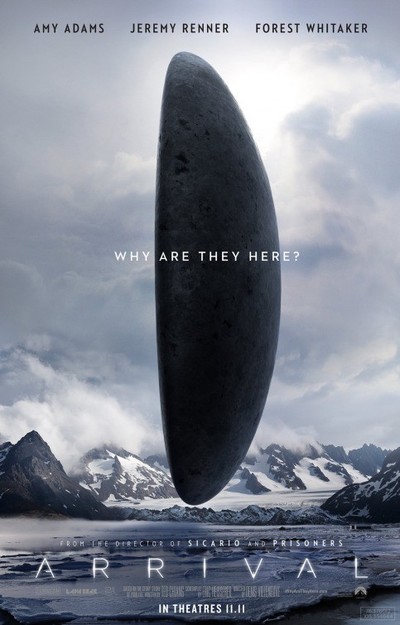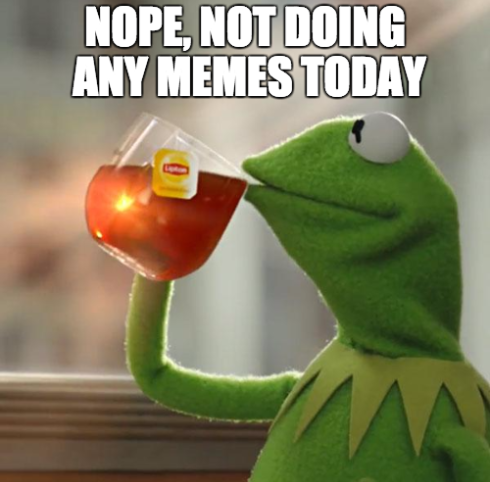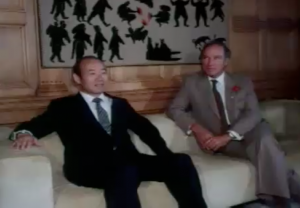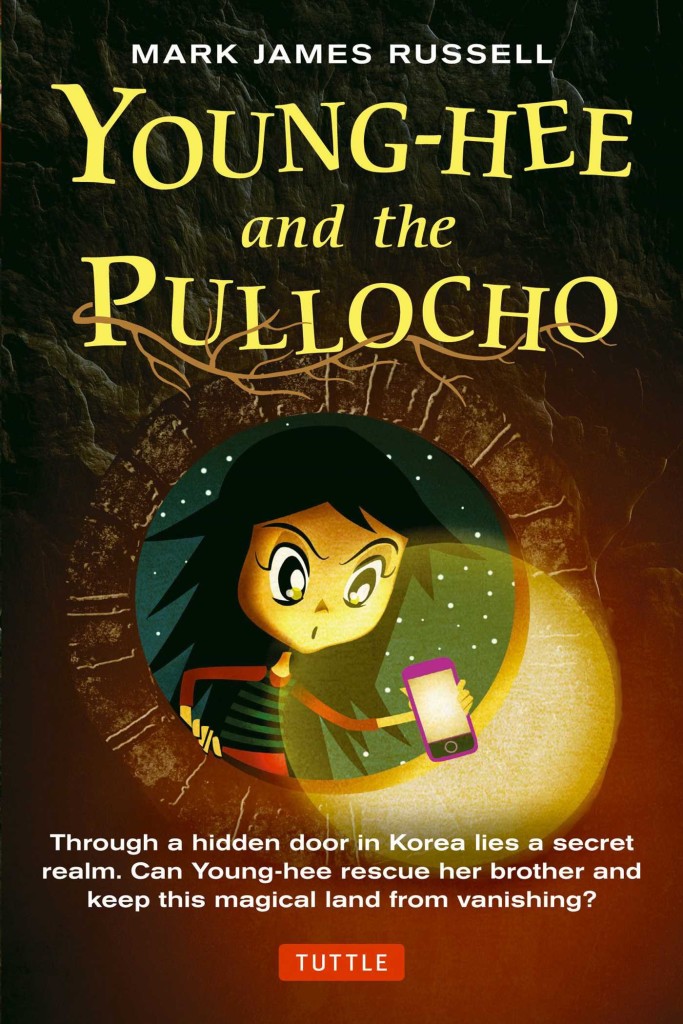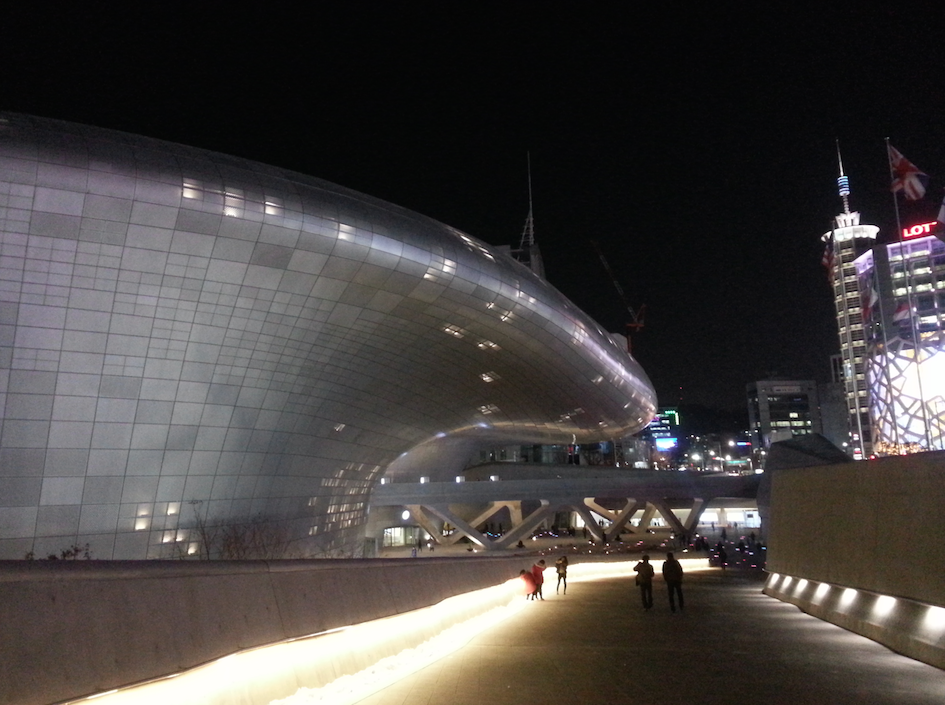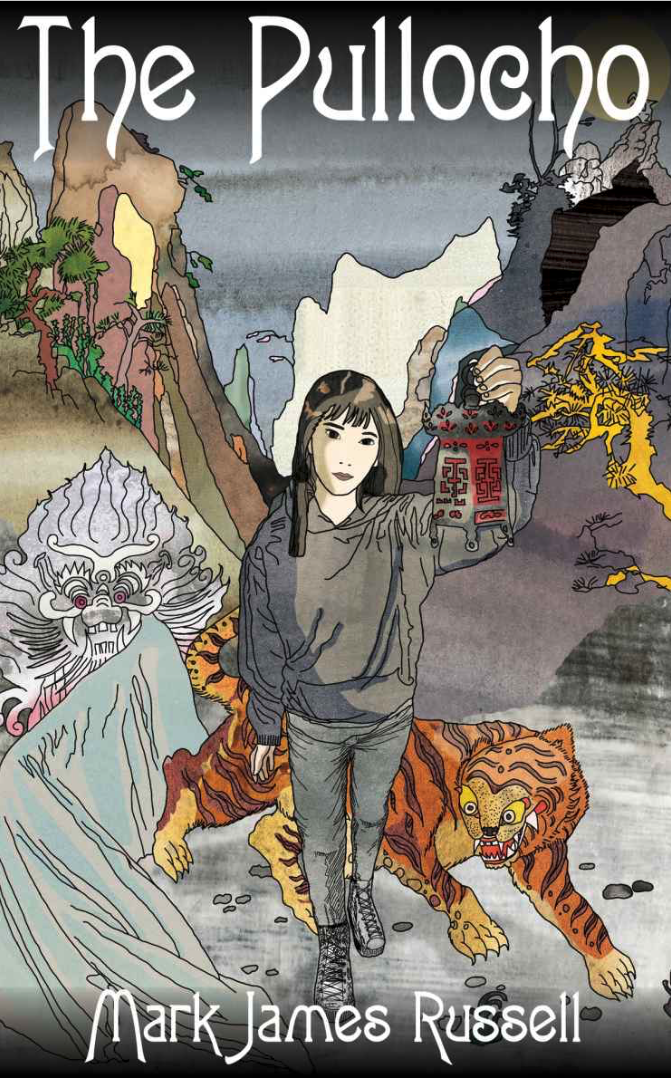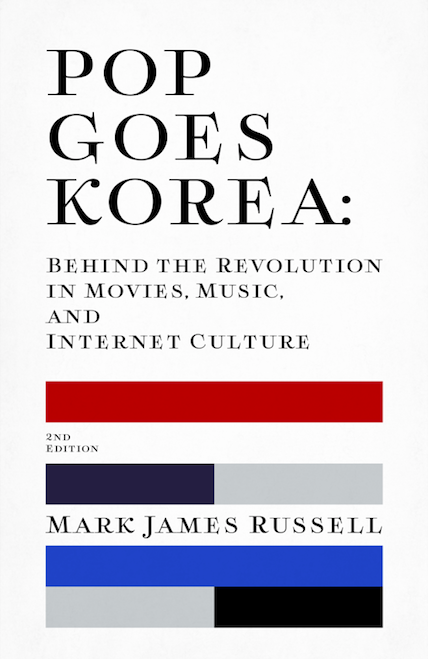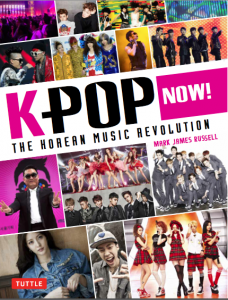Okay, for no particular reason, I thought I would give a brief rundown of my favorite coffee shops in Hongdae. By “Hongdae,” I mean the greater region, going from Yeonnam-dong in the north, to Donggyo-dong, Seogyo-dong, and south to Hapjeong and Sangsu. It’s one of the most unusual parts of Seoul and home to a huge number of independent, quirky, cool, and otherwise different coffee shops (and of course the big-name chain brands on the main roads).
This is not a complete list. I don’t claim to know every one of the hundreds of coffee shops in this part of town — some are very nice, a lot are terrible, and others are in-between. But I do know a few places that I think are worth mentioning, places where they roast their own beans or at least are actively involved in shaping the flavor (so they are not just part-time workers hitting a button).
This is also a personal list. For me, the more times I see the word “barista” used in reference to a coffee shop, the less likely I am to enjoy it. So don’t expect many award-winners here.
Coffee Me
Simple, unassuming, but run by a very nice couple. While they have a few snacks, the focus is very much the coffee. They roast their own beans here and put a lot of care into the beverages. It has a big patio out front and a lot of open space inside, so it is quite relaxing.
Located close to Sanullim Theater on the north side of Hongdae, in Changjeon-dong, on Seogangro 9-gil.
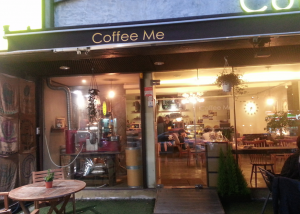
Cafe Libre
Widely considered one of the best coffee places in Korea, Cafe Libre certainly is serious about their brews. And its rustic interior is both unusual and memorable. However, its coffee is also one of the prime examples of the “sour” style that is so popular in Korea and that I personally detest. But many people love it, so you probably should check it out. Plus while you are in the neighborhood, you can eat at Tuk Tuk Noodle and enjoy the best Thai food in Korea.
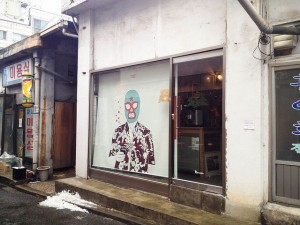
Located in Yeonnam-dong, down Hyanggi 1-gil alley (by Seoul Dongbu Church).
You Are Here
The coffee shop co-run by Simon and Martina of Eat Your Kimchi and the language blog Talk to Me in Korean. The coffee here is excellent, especially the espressos — dark, strong and flavorful. Really my style. (The milkshakes and carrot cake are excellent, too).
It can get crowded at times, but the space is fairly large and there are plenty of spaces to hang out. I find earlier in the day it is usually quieter.
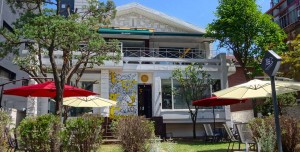
Located at Donggyoro 25-gil and World Cup Bukro 6-gil.
Belief
Another place that roasts its own beans and is very serious about coffee. The menu isn’t huge, but what they have they do well, with the rich, bitter espresso that I like. (Very good macarons, too).
(Grr… cannot find a decent pic or URL … They renovated recently, and the new patio is much nicer than the old layout).
UPDATE: So, I was walking past Belief today, so managed to take a new pic. Not a great photo, but at least it is something.
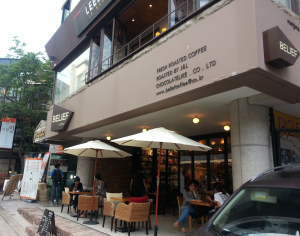
Also, I remembered another very good cafe, Organic. It’s just down the street from Belief. In addition to very good coffee, it has homemade ginger ale which is excellent.

Note: The number of places in the greater-Hongdae area that are notable for ambiance or interior design is huge. Many of them are open 24-hours, too, including Ethiopia (which is frequently used for filming TV dramas) and Gabia (very stylish interior, good coffee, and probably busier at 3am than at 3pm) — both are located very close to Sanullim Theater. In the Sangsu Station area, Jebi Cafe, Yri Cafe and Mudaeruk all have excellent coffee and ambiance out the wahzoo.
Note 2: Don’t bother using Google Street view on Yeonnam-dong or Sangsu. It hasn’t been updated since 2009, and back then there was nothing in either neighborhood. Even Naver’s street view, which was made in 2012, is now totally out of date. As always, it is amazing how fast Korea changes. Daum’s street maps seem to be the most recent, having been updated earlier in 2014.
LATE UPDATE (On Oct. 31): I finally went to Anthracite, the very funky building that’s right beside Mudaeruk in the Sangsu area. And, wow, that place is crazy about its coffee. A bit too pretentious for me, but many people seem to love it.

